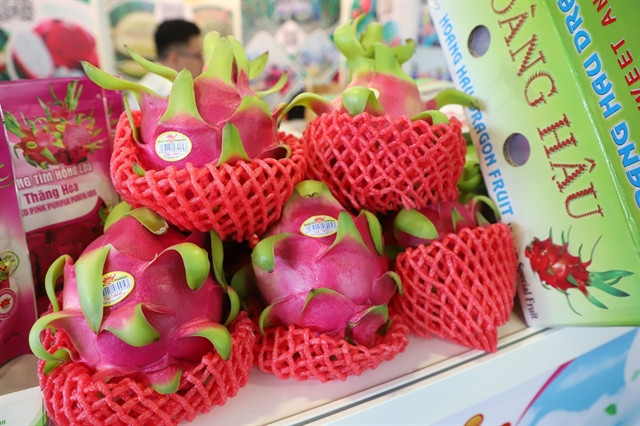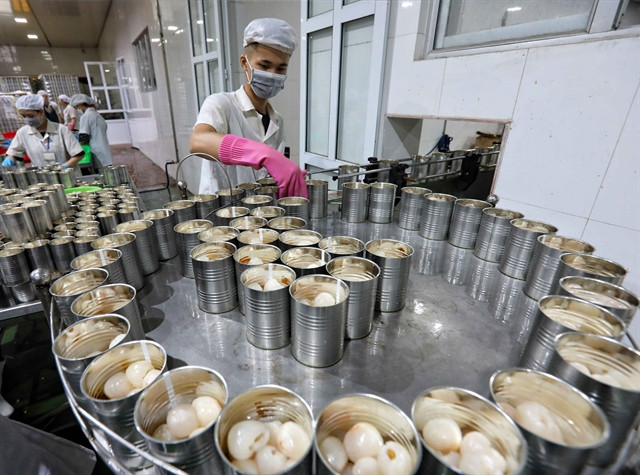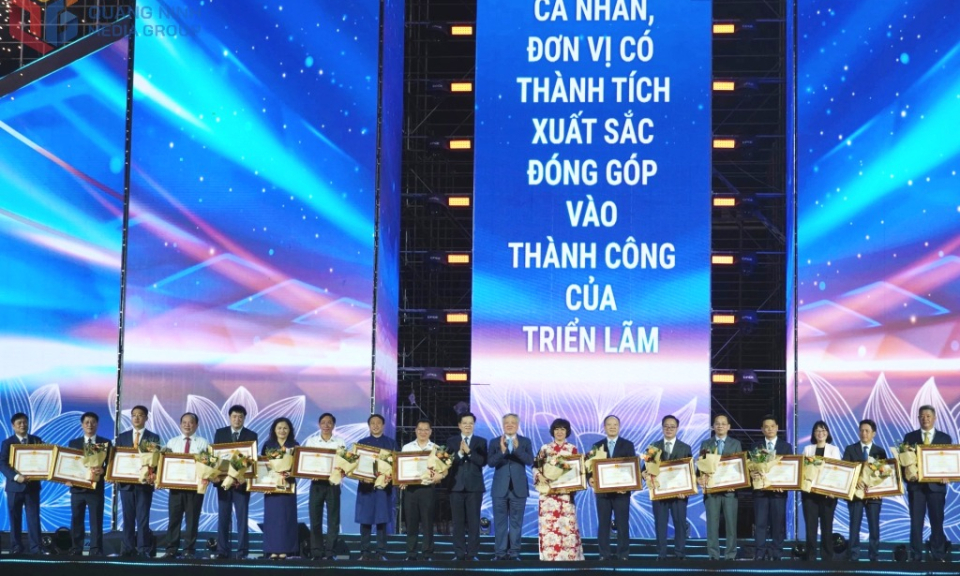Experts stress the need to promote fruit sales, regulate export markets as peak season arrives
Localities, ministries, branches and businesses will soon be pushing trade promotions for fruits such as lychee, rambutan, longan, durian, and avocado.
Việt Nam's seasonal fresh fruits are about to come to peak harvest and the volumes offer perfect opportunities to boost exports.
Localities, ministries, branches and businesses will soon be pushing trade promotions for fruits such as lychee, rambutan, longan, durian, and avocado.
Nguyễn Thanh Bình, chairman of the Vietnam Fruit and Vegetable Association, said with the huge abundance of vegetables and fruits during harvest season, now should be the time to streamline promotions. Trading transactions will be quick, but consumption of large quantities of fresh fruits and vegetables for a certain period puts great pressure on the market.
According to Bình, the fresh fruits and vegetables are really special products but need to be sold quickly since after harvesting, they still continue the natural growth process, and they will spoil fast. Therefore, if they are not sold promptly, it will cause an economic loss to farmers and traders.
Hải Dương, one of 11 provinces in the Red River Delta region, has eight key agricultural products, including the most famous fruit, lychee, growing over 8,850 hectares, with Thanh Hà District alone with 3,285 hectares, according to Vũ Thị Kim Phượng, deputy director of Hải Dương Province's Department of Industry and Trade.
Every year, the lychee yield in the whole province is between 55,000-60,000 tonnes. However, due to weather effects, the province's lychee yield is estimated to fall to 40,000-45,000 tonnes this year.
Along with the domestic market, Thanh Hà lychees have been exported abroad to China, Japan, Japan, France, the US, South Korea, Malaysia, Taiwan (China), Belgium, Netherlands, Thailand, Singapore, and the Middle East.
Lychee exports still face some difficulties in market information and expansion and risks in international payments.
In addition, agricultural product exports now are mainly fresh or raw, so they do not bring in high economic values and many exporters do not have warehousing facilities.
Therefore, consumption of fresh lychees is being promoted very strongly. After the lychee and longan crops, the harvest season of other agricultural produce also comes, such as passion fruit, jackfruit and dragon fruit.

Trần Quang Tấn, director of Bắc Giang Province's Department of Industry and Trade, said that the province's lychee yield this year was expected to be nearly 100,000 tonnes.
Lychee harvest season ends at the end of July, with the sale price ranging from VNĐ25,000-70,000 per kilo.
Meanwhile, Biện Tấn Tài, deputy director of Bình Thuận Province's Department of Industry and Trade, also said Bình Thuận would harvest dragon fruits from June to September. The dragon fruit yield this year was estimated to reach about 170,000 tonnes.
Some gardens had since May started to harvest dragon fruits, so the selling price of dragon fruit was high at VNĐ20,000 - 21,000 per kilo.
However, Tài is worried the selling price of dragon fruit will fall over the coming months particularly when China starts harvesting its fruit, from June until November.
This is also the harvest season for other Chinese fruits such as oranges, tangerines, apples, pears, and grapes.
Solutions
Vũ Bá Phú, director of Trade Promotion Agency, Ministry of Industry and Trade, said that localities and associations needed to develop trade promotion plans for seasonal agricultural produce to avoid difficulties in consuming those products during the harvest season.
They should also regularly work with businesses to grasp the need for support in export and consumption and trade agencies to find importers.
He noted that the localities and associations should guide businesses, cooperatives and farmer households to expand distribution channels and exploit e-commerce channels effectively.
At the same time, they needed to strengthen coordination with the Ministry of Industry and Trade and relevant ministries and branches, as well as the Vietnamese trade representative offices abroad to update market information in terms of price, demand and supply.
Meanwhile, the businesses were requested to proactively grasp information and market needs, then having practical trade promotion activities for the seasonal agricultural products, especially vegetables and fruits.
Phú also said the Trade Promotion Agency would continue to coordinate with the localities and associations to effectively organise trade promotion activities for supporting the businesses, cooperatives and farmer households in expanding market and consuming products, especially seasonal farm produce.
The association proposed more investment in post-harvest technology, machinery, equipment, storage and transportation for fruits and vegetables to reduce the rate of damage, up to 40 per cent of all volume.
Investment is also needed in warehouses and preservation technologies in order to store vegetables for longer to regulate supply in the market.

The Ministry of Industry and Trade together with the General Department of Customs, the tax authorities, and logistics enterprises should enhance cooperation to remove difficulties in developing goods consumption and export links, according to Phượng.
Vietnamese agricultural products have large export markets, but competition from the same farm produce of other countries is increasingly fierce.
So to increase the export of Vietnamese branded agricultural products, the enterprises must improve the overall quality of products and comply with regulations on quarantine, packaging and traceability in importing countries.
Việt Nam will also implement multiple trade promotion programmes to increase the export of goods, including farm produce to China, Northeast Asia, the United States and EU - four major markets of Vietnamese agricultural products in 2024.






